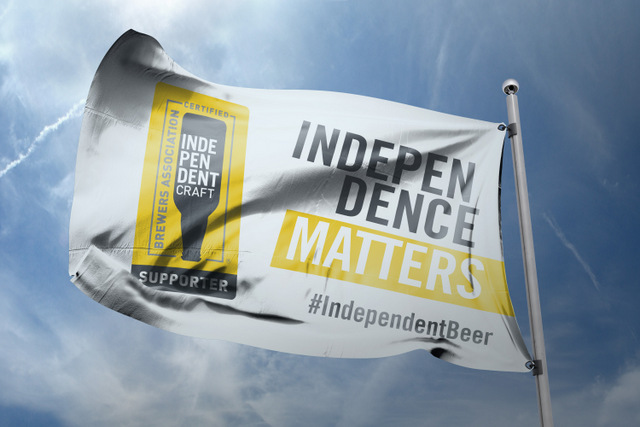
The Brewers Association’s independent craft brewer seal debuted in 2017, and sure there were detractors (there always are), but we’ve always seen it as a progressive marketing tactic. It’s an emblem on beer, packaging or marketing material that’s supposed to help customers realize this product is being produced by an independent brewer by the BA’s definition. Its aim is to give small craft breweries a marketing differentiator and selling advantage (buy local, support small businesses) against beer brands produced by giant beverage makers (like AB InBev for instance). It’s definitely a cool idea, but does it work?
That was the focus of BA Economist Bart Watson’s latest Insights and Analysis column – always a great read:
We knew from consumer surveys that “made by an independent brewer” was important to many craft drinkers. In our latest Nielsen-Harris data, 72% of weekly craft beer drinkers say they factored that into their purchase decision. At the same time, we’ve also seen consistent evidence that the average consumer doesn’t really know who is independent and who isn’t. This makes sense. With thousands of brewers, it isn’t every consumer’s job to keep up with who bought who.
The education continues. Thousands of craft breweries around the United States have certainly embraced the seal. There’s even a supporter seal available to champions of independent craft breweries like bottle shops, homebrew stores, state brewers guilds, festivals and websites [that’s us!].
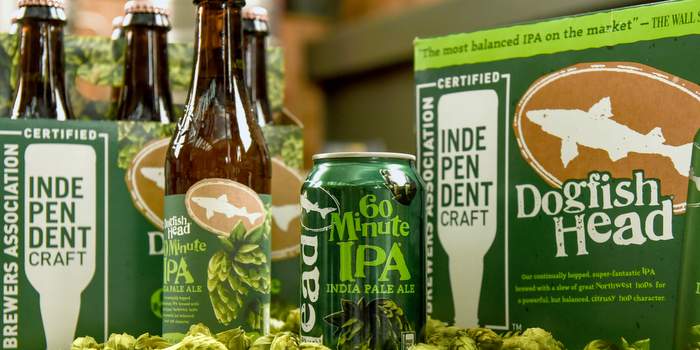
Back to the question at hand: How effective is the craft brewers independent seal? Watson goes through two recent survey results as part of his database: a BA online poll via Nielsen-Harris (quote above) and a large survey of on-premise consumers conducted by Nielsen CGA. Both showed progress in seal recognition and positive purchasing habits. From the latter:
We’ve also tracked a similar question around purchase likelihood through a large survey of on-premise consumers conducted by Nielsen CGA. In this survey, consumers were asked, “If you saw this logo on beer, how much, if at all, would it affect your likelihood of purchasing the beer?” In the latest results (Spring 2020), 49% said it would make them more likely (14% much more, 35% slightly more), 8% less (2% much less, 5% slightly less; numbers don’t add due to rounding), and 43% said it wouldn’t affect their decision at all. That net +41% between more and less likely is the highest over 5 iterations of this survey, and almost double from the first time we fielded in fall 2017.
It’s only two surveys, so it’s nothing concrete, but it’s an interesting discussion.
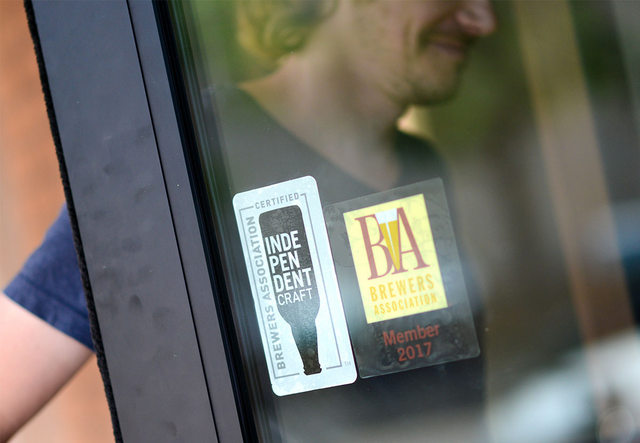
At the very least, the seal is inspiring others. We’ve seen the seal brought down to a state level — like Big Lake Brewing’s Michigan-only seal, indicating it only distributes in the state. Also last year, the North American Craft Maltsters Guild got into the seal-of-approval game. To qualify for a Certified Craft Malt Seal, a malthouse must produce between 5 and 10,000 metric tons annually and should source more than 50 percent of its raw materials from within 500 miles of its malthouse. The BA started that trend.
So we’d venture to say, yeah, the Brewers Association’s independent craft brewer seal is continuing to influence more customers and independent businesses alike.


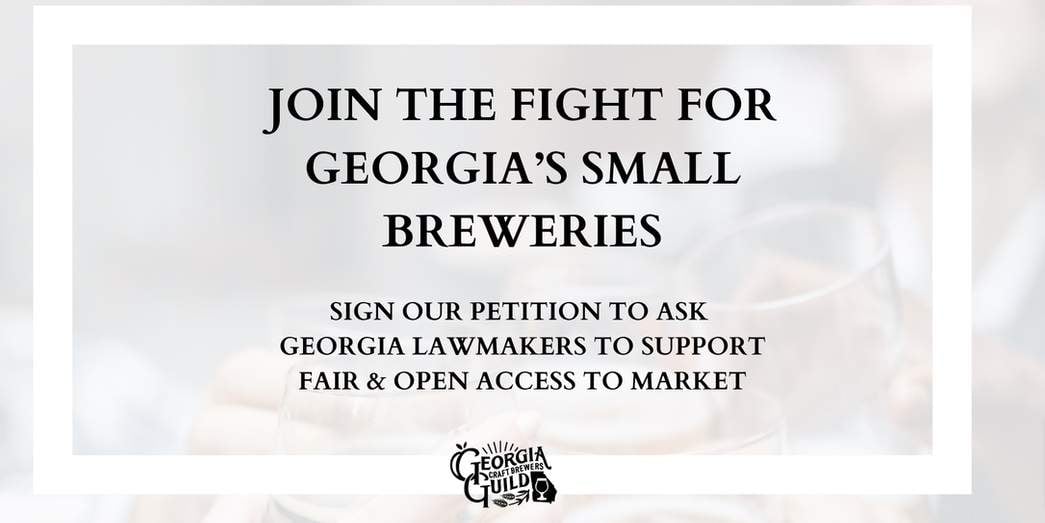
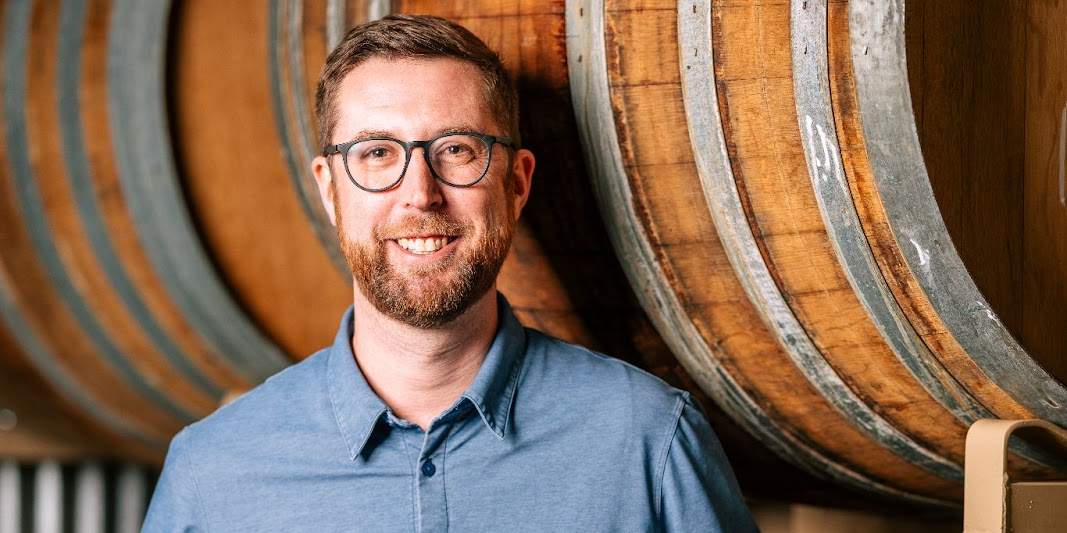
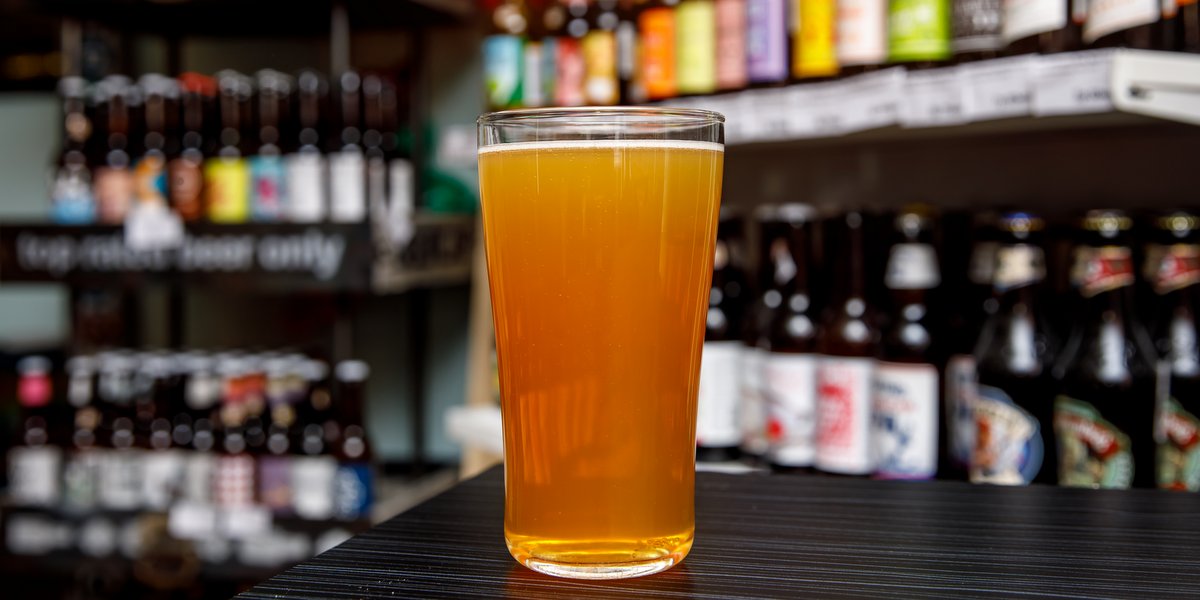
Leave a Reply
You must be logged in to post a comment.